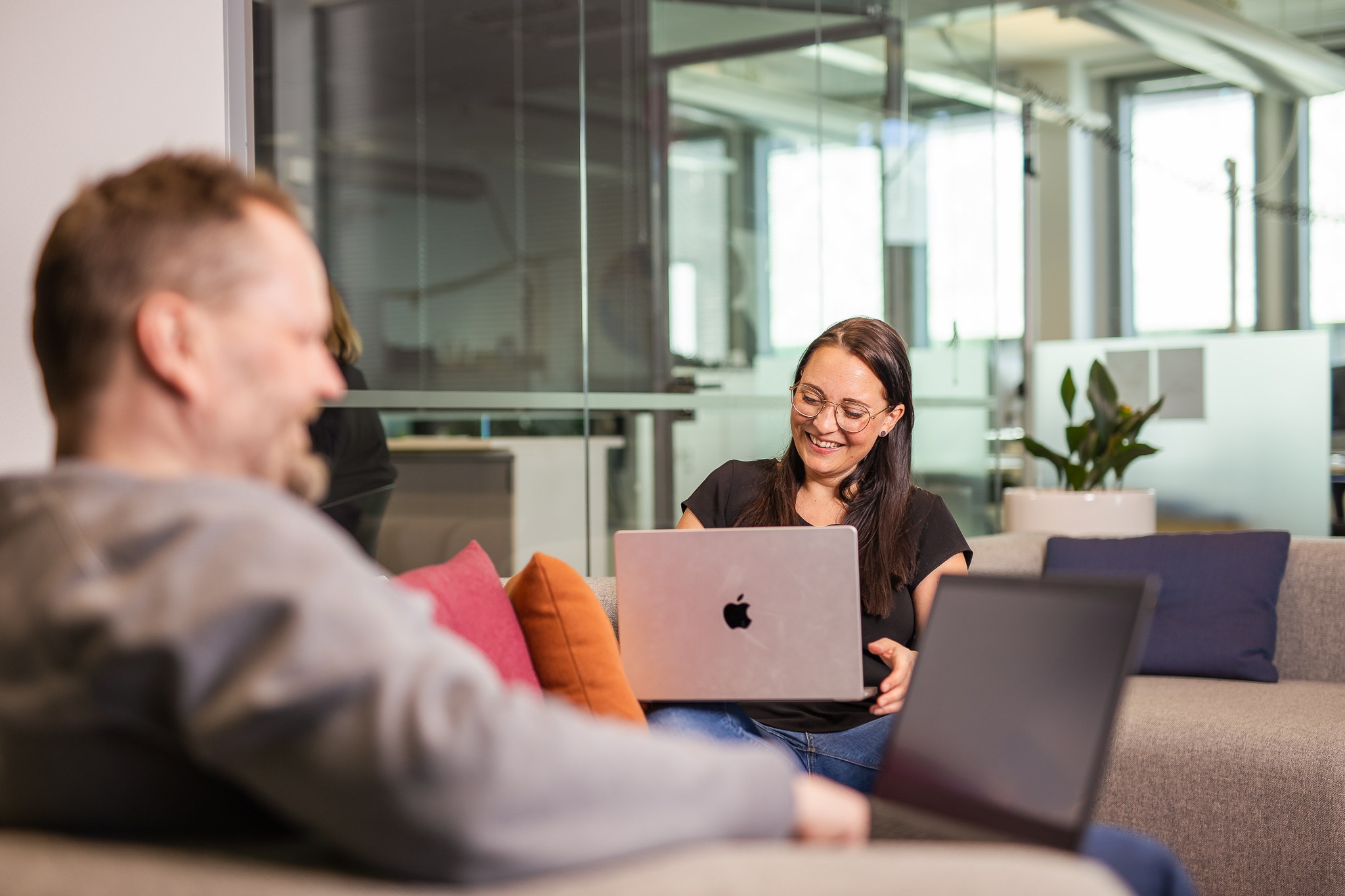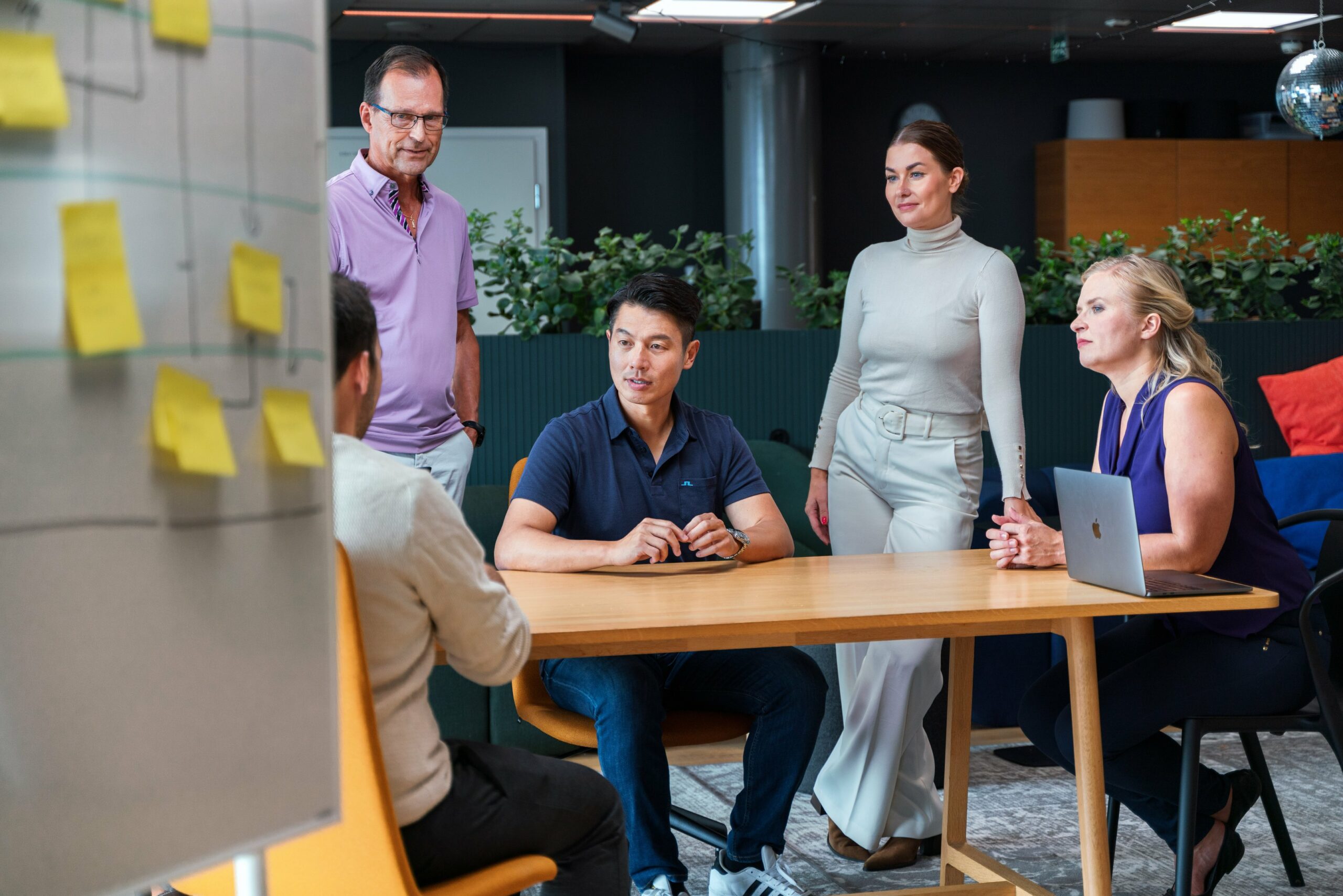In service design we talk about touchpoints, where, when, and how customers come into contact or interact with a service. A touchpoint can be many things:
- An artefact: a letter, a chocolate on a pillow
- Customer service: how support or sales staff treat and guide your customer, how they greet customers
- A full digital service or a website and everything that goes with it
Companies want all the service touchpoints to communicate company and brand values consistently and to provide excellent service to their customers. A service exists only to provide value to customers.
Touchpoints should be designed to deliver a successful service. The term orchestration is often used to describe all the actions as successful service delivery means that you are planning and designing processes, ways of working, touchpoints that work both internally and are economical (back end, support) as well as touchpoints that serve and delight the customer (the front end).
I’d like to share some insight into a study where we were testing a multi-touchpoint B-to-B, B-to-C service scenario with customers. In just one hour with a customer, we were able to get many kinds of feedback. Often studies are either explorative, looking into a theme or exploring a hypothesis. We are observing and interviewing to find the needs, wants, fears, pain points before a service is developed or improvement actions are started or then focusing on a single touchpoint and how to make that work better for the customer. Looking at the whole customer journey or some longer parts of it is less common, so, getting to do this multi-touchpoint study was a great learning experience!
Touchpoints that were in the focus of the study:
Advertising: different methods for drawing attention and advertising in web marketplaces
Environment: Our customer was introducing a change. Moving the service from their offices to a partner company’s facilities, they wanted to understand: Will the new environment promote trust? Will they lose brand value?
Customer service: What should be said and at what points in the process, what can be left to later? Tone: how to be helpful, how to induce trust? Timing: How long will getting the service take?
Artefacts: What information should the web service have and in what order? What is the minimum set of information that needs to be on paper?
Back-end and support processes and how these responsibilities should be shared with partnering businesses in this new way of working?
In addition to this, we were able to:
- Map out the customers’ earlier experiences.
- Test the value proposition of the service.
- Clarify the roles of the two service producing companies and organizations.
- Clarify communications, what should be said in online, on paper or by the customer service staff.
In order to be able to test all this, we had
- A quick interview including testing of our concept adverts.
- A scenario involving the real environment and our customer service staff. (we had two different customer roles, so, two scenarios were tested on separate days)
- Quick feedback interview of all the process steps, about the environment and customer service.

When the study had been done, I decided to stick the results onto a wall that resembled a mix of a service blueprint and a customer experience map with real-life artefacts (the fake adverts, and test versions of the different forms and photos from the environment). The swim lanes had different customer roles, notes for customer service staff, notes for both business 1 and business 2. And everything was moving in time:
- Discovery and decision making phase: How customers had discovered similar services earlier and how they compared offers, what was important in decision making.
- Service steps: What we discovered about the environment, customer service during the scenarios.
- Decision-making phase: Would you buy this service? Feedback about how it all felt, about timing etc.
All this required careful planning and the ability to ease the participants (both customer and the service staff) into the scenarios and acting.
The response that we received from our customer was “Great that we tested on such a concrete level.” “We received tools to take this solution into production, for example, a list of highlights for the Customer service staff, to make the customer feel at ease and informed in the different stages of the process.” “Good work! I’m really satisfied.”
For me as a designer, this was an exercise in careful planning and testing of the study setup before we started. It also proved that you can achieve a lot in just one hour with a customer. When one of the customers started to make a bargain at the counter, we knew that he was really into the situation and not faking it. People were able to throw themselves into the scenarios.
Making it real paid off.



